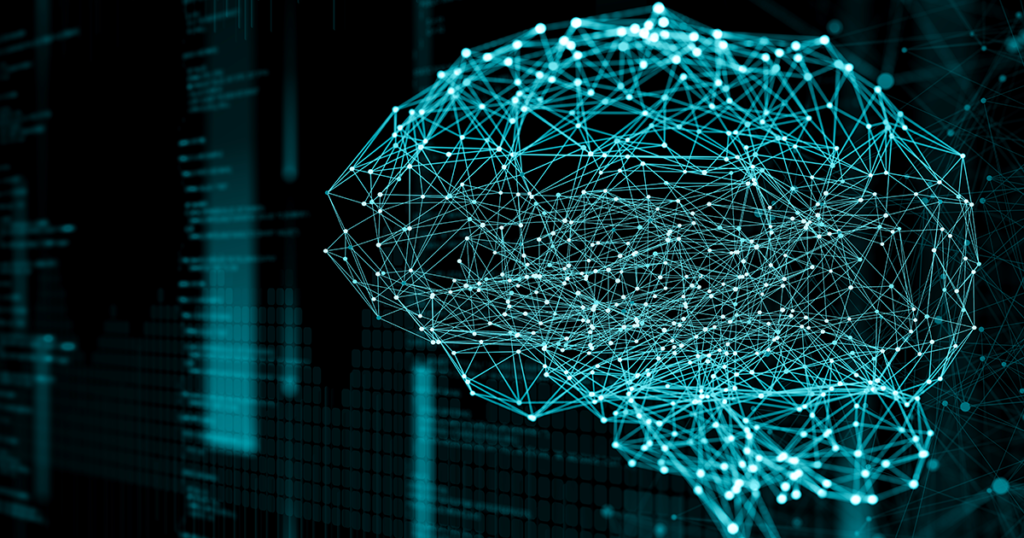AI Tops ECRI’s List of Top 10 Health Technology Hazards for 2025
For nearly two decades, the global healthcare safety organization ECRI has been identifying and publishing its annual list of the Top 10 Health Technology Hazards. This year, the spotlight is on artificial intelligence, a rapidly evolving technology that holds great promise for healthcare but also comes with significant risks if not properly managed.
According to ECRI, AI has the potential to enhance efficiency and improve outcomes in healthcare. However, it also poses dangers to patients if not carefully assessed and controlled. From its initial applications in medical imaging, AI has now permeated virtually every aspect of healthcare, from diagnosis to documentation to appointment scheduling. Even non-medical device AI applications can have a profound impact on patient care.
One of the major concerns highlighted by ECRI is the risk of AI hallucinations or misleading feedback due to improperly calibrated algorithms. Machine learning models, especially those trained on biased data, can produce varying outputs across different patient populations, potentially compromising health equity and patient safety for marginalized communities.
ECRI’s Top 10 Health Technology Hazards for 2025 include risks associated with AI-enabled health technologies, unmet technology support needs for home care patients, vulnerabilities in technology vendors leading to cybersecurity threats, substandard or fraudulent medical devices and supplies, fire risks from supplemental oxygen, dangerously low alarm limits on anesthesia units, mishandled temporary holds on medication orders, poorly managed infusion lines, harmful medical adhesive products, and incomplete investigations of infusion system incidents.
The organization defines health tech hazards as any device or system fault, design feature, or method of use that could endanger patients or users under certain circumstances. ECRI adopts a Total Systems Approach to Safety, working with healthcare professionals, administrators, device manufacturers, policymakers, researchers, and patients to prevent harm during care delivery. By focusing on human factors, engineering, device safety, medication safety, and infection control, ECRI aims to recommend system-wide safety solutions.
While the topics and technologies listed in the annual report may not be the most frequently reported problems, they are selected based on the organization’s judgment of which risks require immediate attention to prioritize patient safety efforts. The full Top 10 Health Technology Hazards report provides detailed steps for healthcare systems, vendors, and IT leaders to mitigate risks to patient safety.
In previous years, ECRI’s list has highlighted risks related to remote patient monitoring, at-home medical devices, governance of AI, infusion pumps, software management gaps, and cybersecurity threats like ransomware. Dr. Marcus Schabacker, president and CEO of ECRI, emphasizes the importance of balancing innovation in AI with privacy and safety, urging healthcare stakeholders to critically evaluate the integration of AI and establish proper governance measures.
In conclusion, while AI holds immense potential for transforming healthcare, it is vital to address the associated risks and ensure patient safety. By staying vigilant and implementing robust safety protocols, healthcare organizations can harness the power of AI while safeguarding the well-being of patients and providers.
This article was written by Mike Miliard, executive editor of Healthcare IT News. For inquiries, contact mike.miliard@himssmedia.com. Healthcare IT News is a publication of HIMSS.


